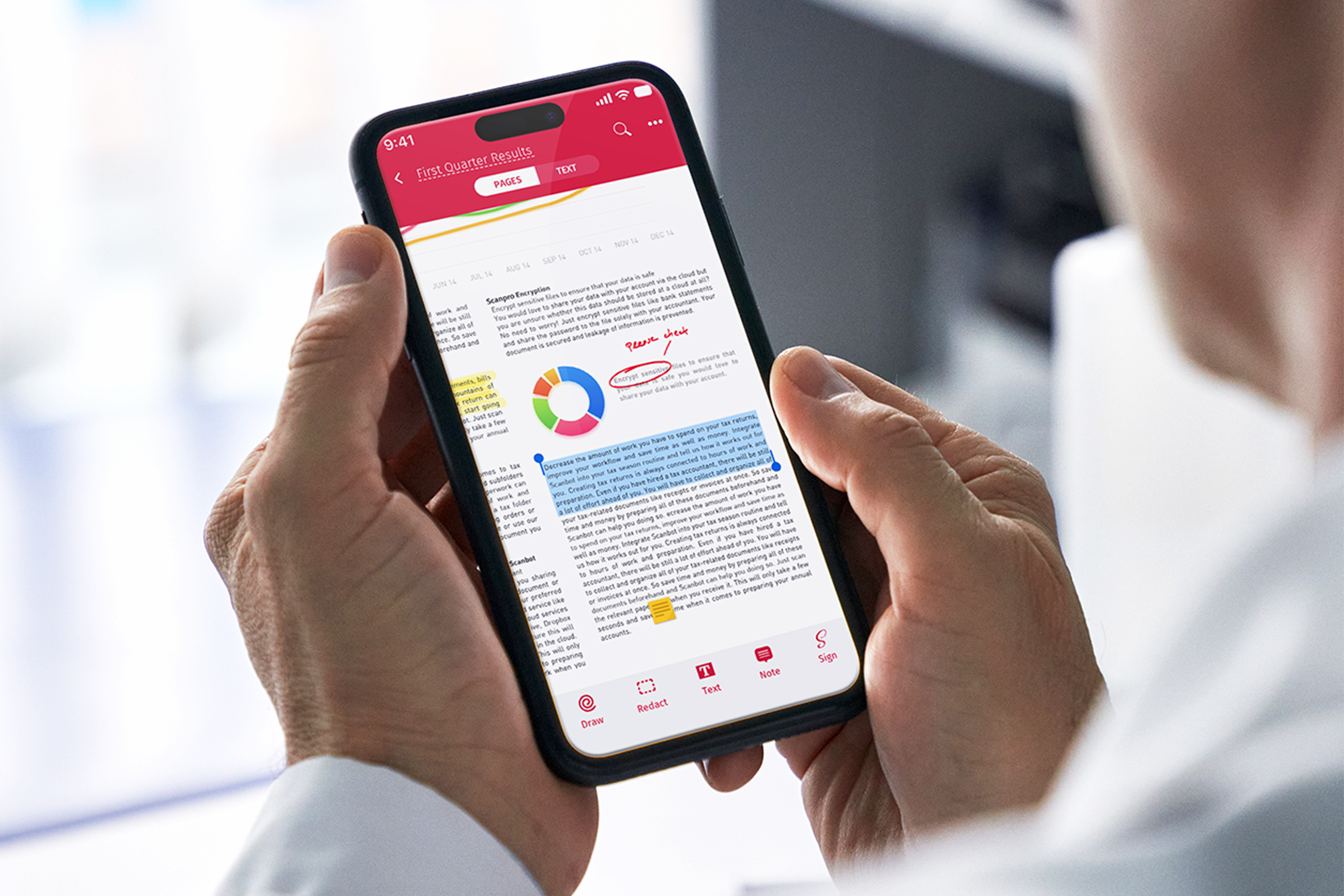Tech Troubles for Seniors: How Digital Gaps Impact Health & What We Can Do About It

Australia's ageing population is increasingly reliant on technology for everything from managing appointments and medications to staying connected with loved ones. But what happens when our older Australians are left behind by the digital revolution? This article explores the growing issue of the 'digital divide' and how it's negatively impacting the health and wellbeing of seniors across the country.
The Digital Divide: A Growing Problem
The digital divide isn't just about not having a computer or smartphone. It encompasses a range of factors, including lack of internet access, insufficient digital literacy, and affordability concerns. For older adults, these barriers can be particularly challenging, often compounded by factors like age-related cognitive decline, physical limitations, and a lack of confidence in using new technologies.
How Tech Gaps Affect Health Outcomes
The consequences of this digital divide are far-reaching and can significantly impact health outcomes. Consider these scenarios:
- Missed Appointments & Medications: Many healthcare providers now rely on online portals for appointment scheduling and prescription refills. Seniors without digital access may miss important appointments or fail to receive vital medications on time.
- Limited Access to Telehealth: Telehealth services offer a convenient and accessible way for seniors to consult with doctors remotely, particularly beneficial for those living in rural areas or with mobility issues. However, without the necessary technology and skills, these benefits are lost.
- Social Isolation & Mental Health: Technology plays a crucial role in maintaining social connections. Lack of digital access can lead to increased social isolation and loneliness, contributing to depression and anxiety.
- Difficulty Accessing Health Information: Reliable health information is readily available online. Seniors without digital skills may struggle to find accurate information about their health conditions, treatments, and preventative care.
Bridging the Gap: Practical Solutions
Fortunately, there are steps we can take to address this issue and ensure that older Australians can benefit from the digital age:
- Government Initiatives: Increased funding for digital literacy programs specifically targeted at seniors is essential. Subsidies for internet access and devices can also help overcome affordability barriers.
- Community Programs: Local libraries, community centres, and aged care facilities can offer free or low-cost digital skills training.
- Family Support: Family members can play a vital role in teaching seniors how to use technology and providing ongoing support.
- User-Friendly Technology: Technology developers should prioritise creating devices and applications that are easy to use and accessible for older adults, with larger fonts, simplified interfaces, and voice-activated controls.
- Dedicated Support Services: Establishing dedicated phone lines or online support services to assist seniors with technology-related issues can provide much-needed assistance.
Looking Ahead: A More Inclusive Digital Future
Bridging the digital divide for older Australians is not just about providing access to technology; it’s about promoting their health, wellbeing, and independence. By working together – governments, community organisations, families, and technology providers – we can create a more inclusive digital future where everyone can thrive.






